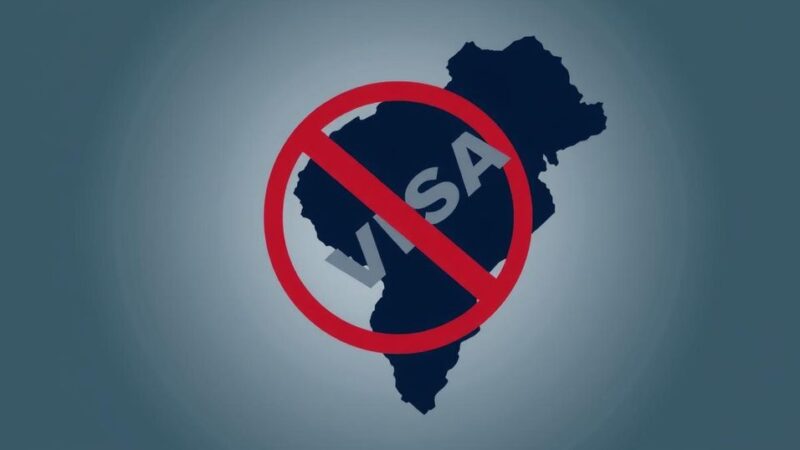The ceasefire in Gaza has collapsed following Israeli airstrikes after negotiations with Hamas failed. Concurrently, the U.S. has conducted airstrikes in Yemen against Houthi forces, signaling pressure on Iran amid nuclear talks. Experts highlight the absence of a long-term plan for Gaza and Iran’s reluctant response to U.S. military actions, complicating future diplomatic engagements.
In recent weeks, the situation in Gaza has escalated following the collapse of a ceasefire agreement. Negotiations between Israel and Hamas deteriorated, leading Israel to halt humanitarian assistance to Gaza and initiate extensive airstrikes on March 17, resulting in over 400 fatalities. Meanwhile, the United States has conducted airstrikes against Houthi rebels in Yemen in response to threats against maritime shipping, conveying a message to Iran as diplomatic tensions increase regarding nuclear negotiations.
Scott Lucas, a Middle East expert from University College Dublin, indicated that the Israeli airstrikes signify the end of the ceasefire. The negotiations initially allowed for a temporary pause in the conflict, but Israeli Prime Minister Benjamin Netanyahu, facing internal pressure, could not concede to Hamas’s demands. The continuation of violence implies that negotiations for a lasting peace are not feasible at this time.
Currently, Israel lacks a strategic long-term plan for Gaza. Netanyahu’s primary focus is on securing the return of hostages to alleviate political pressure rather than establishing a sustainable governance framework for Gaza. Escalating violence in the West Bank simultaneously suggests a potential increase in Israeli settlement expansion, serving to deepen occupation while Gaza faces chaos.
Donald Trump, having taken credit for the ceasefire, is likely to deflect blame toward Hamas for its breakdown. He continues to project an image of a strong leader through military actions, including the strikes in Yemen, which could serve to rally support domestically while also exerting pressure on Iran. The current situation may position Trump as a tough negotiator when addressing Iran’s nuclear ambitions.
Iran’s muted response to U.S. airstrikes can be attributed to its critical internal challenges. The Iranian economy is under severe strain, facing rampant inflation and significant unemployment. Concurrently, the geopolitical landscape is unfavorable, with diminished regional influence. Under such circumstances, Iran’s leadership is unlikely to engage in meaningful negotiations with the United States, especially under duress.
Nevertheless, some advisers within the Trump administration believe military actions against Iranian allies might induce negotiations regarding Iran’s nuclear program. However, Iranian Supreme Leader Ali Khamenei has dismissed such tactics as ineffective, emphasizing that untrustworthiness prevents serious discussions. Historical patterns reveal that the Iranian leadership is more responsive to diplomatic overtures rather than aggressive military posturing, leading to skepticism about the potential for a new nuclear deal under current circumstances.
In summary, the collapse of the Gaza ceasefire has led to renewed violence, with Israel’s airstrikes marking the end of negotiations. Both the situation in Gaza and military actions in Yemen reflect broader U.S.-Iran tensions, as the Trump administration employs forceful tactics to influence negotiations. Nonetheless, Iran’s response indicates resistance to such methods, thus complicating the prospects for a future nuclear agreement. Ultimately, the lack of a long-term strategy for Gaza further emphasizes the ongoing instability in the region.
Original Source: theconversation.com






